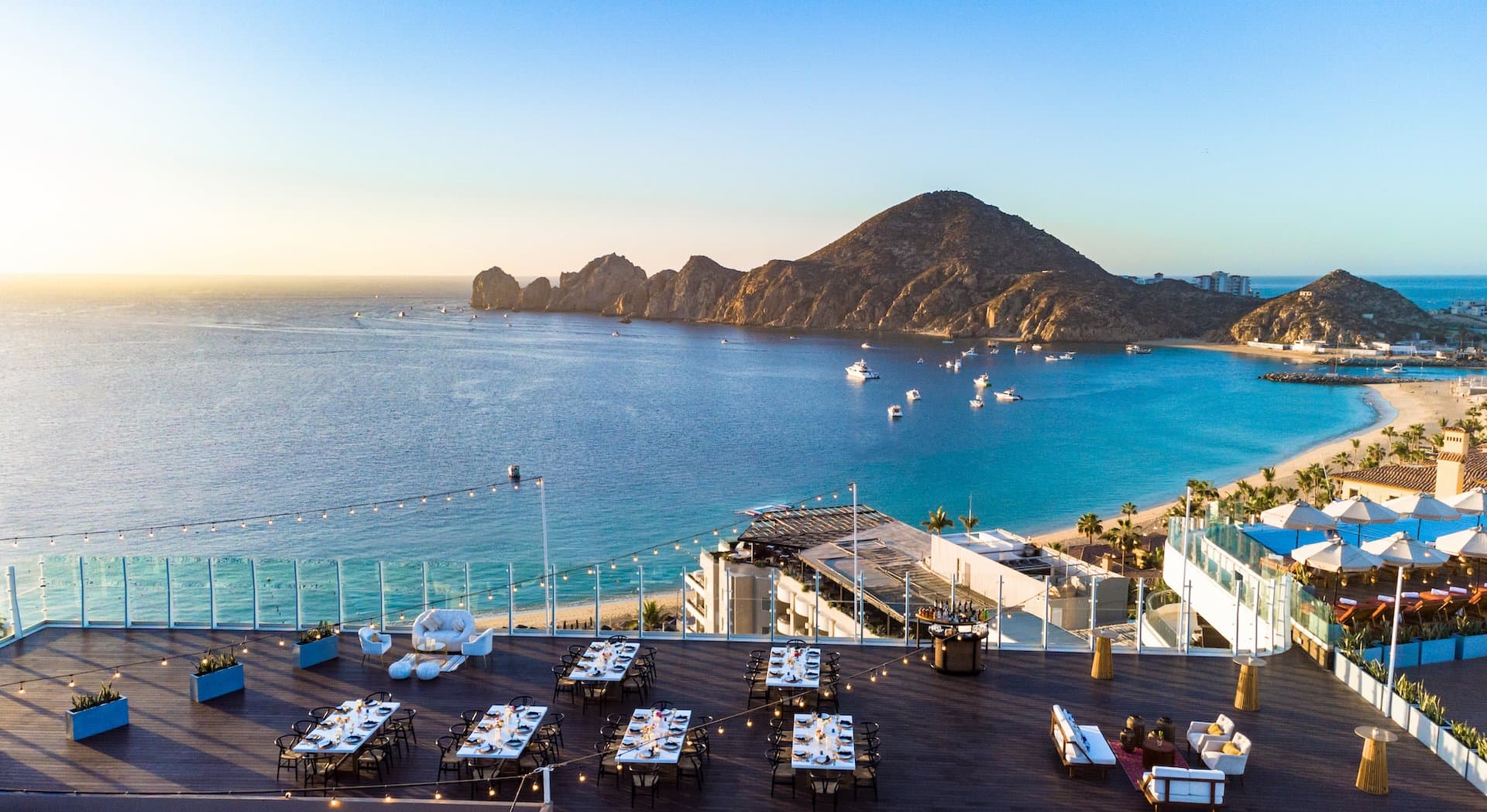

Noble Nomad
Our guide to helping you find your next luxury escape or out-there adventure
Top Stories

Embark on a Scenic Pacific Northwest Road Trip from Seattle to the Oregon Coast.
From the vibrant energy of the Emerald City to the rugged tranquility of Pacific City’s coastline, The Scenic Route is more than a road trip, it’s a story waiting to be told.

Welcome to your base camp for adventure.
Explore the natural wonders surrounding our hotel collection. Whether you’re a returning guest or planning your first visit, experience the perfect blend of adventure and relaxation.

Embark on a Southern California road trip packed with sun-soaked beaches, charming coastal towns and vibrant city life.
From the laid-back vibe of Redondo Beach to the bustling shores of San Diego, Cruise the Coast: A Southern California Road Trip is more than a drive; it is an experience waiting to unfold.